
A new way to share music with friends.


A new way to share music with friends.

As a streaming music service, Spotify is the group lead and it wants to improve engagement and retention in the app. In order to do that, they want to expand on their social capabilities. I helped them define what’s the best way moving forward in that direction, and provide them with a prototype of the features that I was adding, integrated seamlessly within the rest of the app.
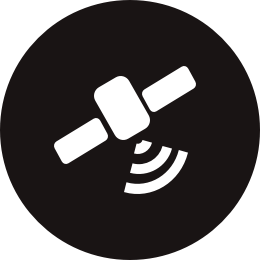



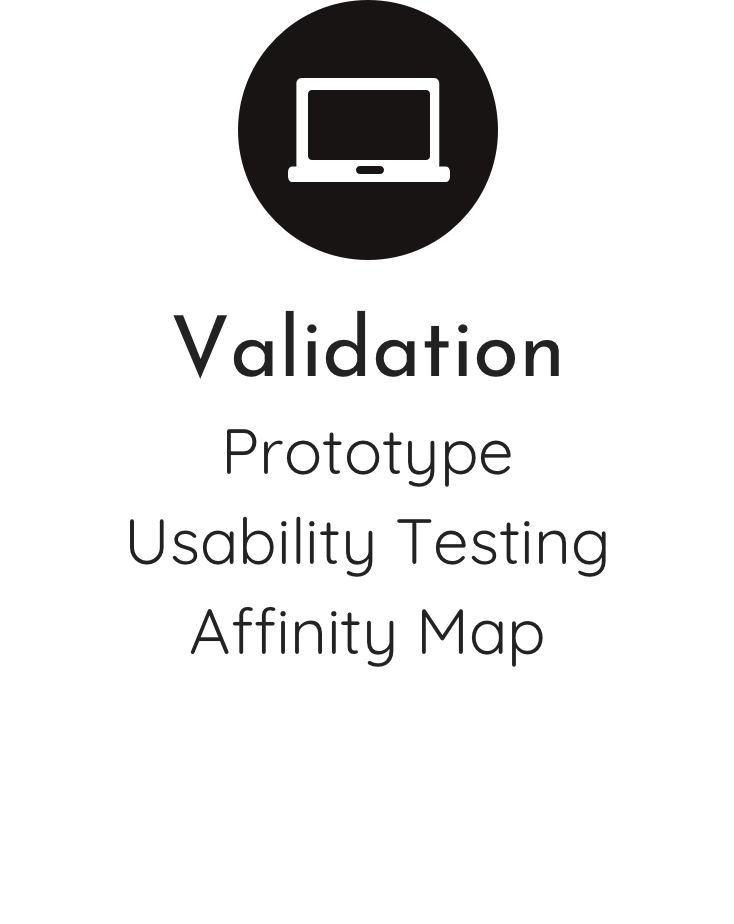
Research consisted of 5 1:1 interviews with target users, as well as a survey placed on social media channels and music application online communities. Both the interview and survey questions were created to obtain rich qualitative data. This allowed me to recognize frustrations, pleasant moments and goals when using streaming music services as well as an understanding of their emotional state.
It's strange to share music with others if they don't have the same taste as me.
Sharing music can expose too much privacy such as my personality or mood. I feel awkward to show them in front of my friends.

From the research data, we proceeded to create a persona and an empathy map to understand our users on a deeper level and a potential solution.
Hailong P. is an industrial designer based in San Jose, CA. He listens to music daily for helping him escape from heavy works. In this interview, Hailong has shared his experience with me.

Base on the research results above, how might we:
● Establish an online community where users can share music and be free of all anxiety.
● Recommend users to follow others who have a high similarity playlist with him.
● Build up a stranger group of same music taste people and encourage them to share music with each other.
● Develop a search engine that helps users explore new songs by descriptions.
● Encourage users giving the music or a song hashtags like many pictures sharing websites do.
● Prompt users to vote on existing tags, and when there are more participants the description of a song would be more accurate.
After reviewing the "How Might We" statements, I brainstormed and went about this by creating a number of sketches to generate as many ideas as possible. I thought about automation, interface, content, etc.

I chose one idea and put it into a storyboard to show the user journey and the screens they would see.
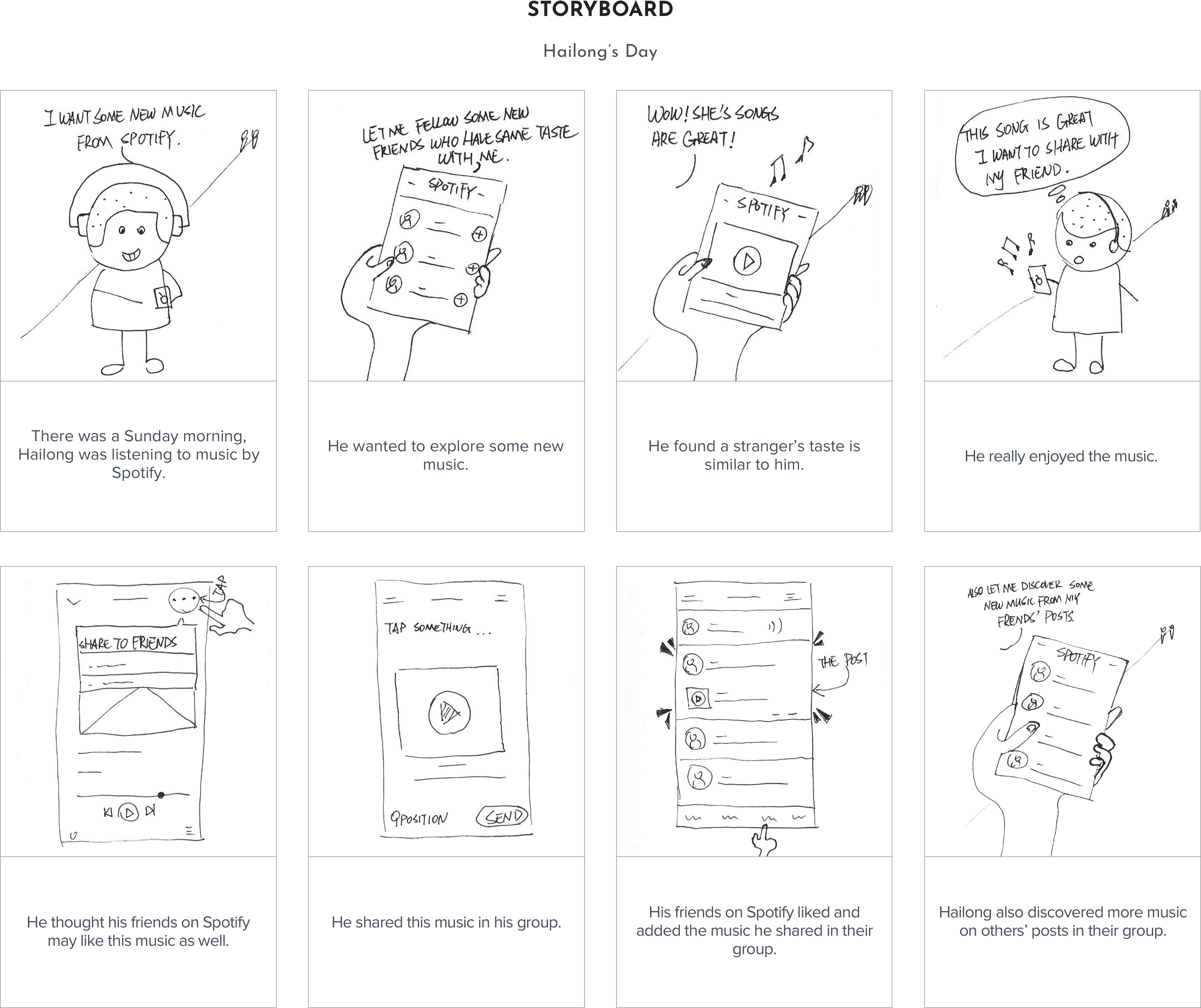
Using the storyboard, a Task Flow was mapped out for the Spotify social feature. The flow shows the path of how a user would follow other users on Spotify and share music with others.

Since Spotify has a set UI style, I went straight from my sketches to full UI mockups. The application map merges mockups and user flows to create an artifact that mixes readable screens with flows and user actions and screen interactions.

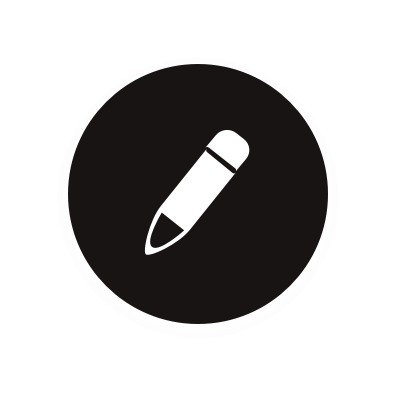

A High-Fidelity prototype was built to test the usability. In this testing, participants were given a scenario with a task to complete:
● Find a user who has the same taste as you through Spotify's friend recommendation.
● Follow him/her and share a song from his/her playlist to your friend activity.
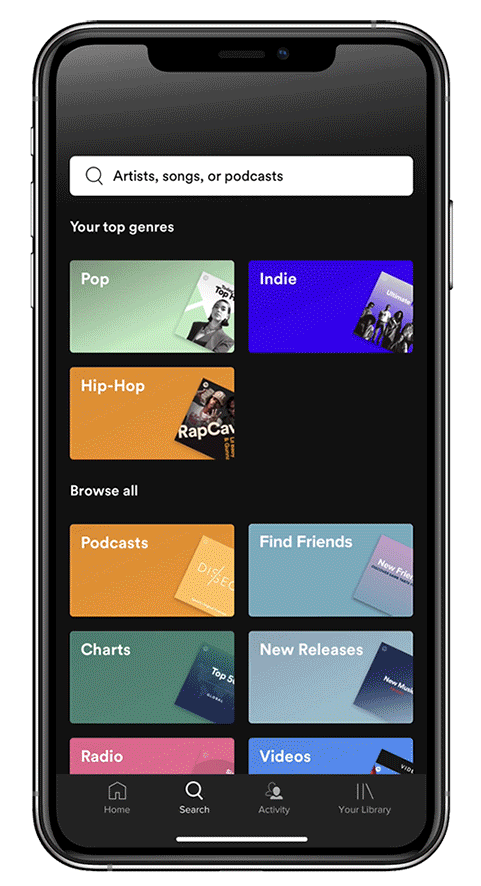


There were 5 participants, aged between 25-35 years old, did this usability testing. I observed them and took notes when they were doing this testing.
Base on the testing results, I created an affinity map to organize the notes I took.
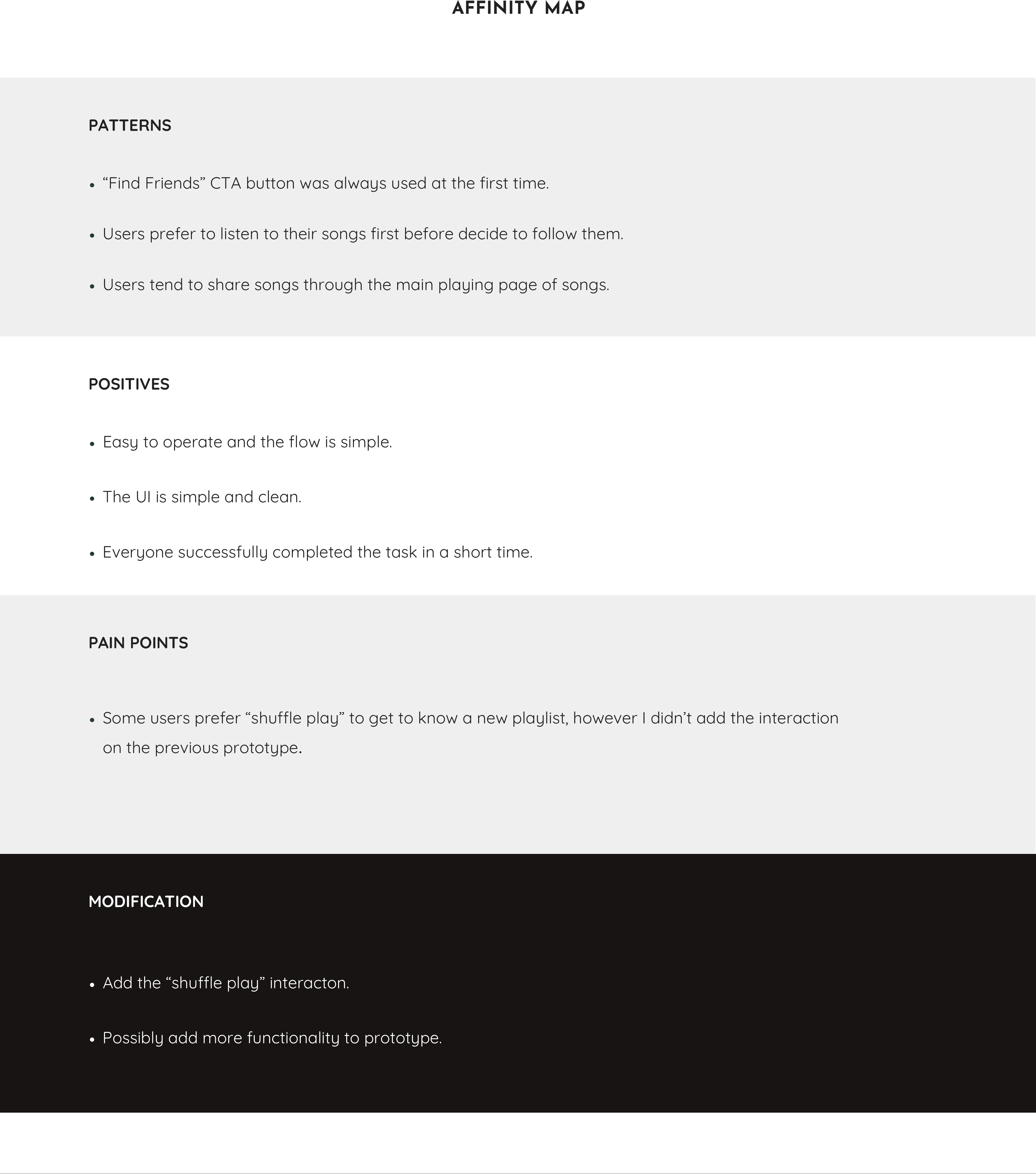
Form the feedback received during the usability tests I improved the prototype screens that the participants were struggling with, and then created the final screen designs for the Spotify social feature.

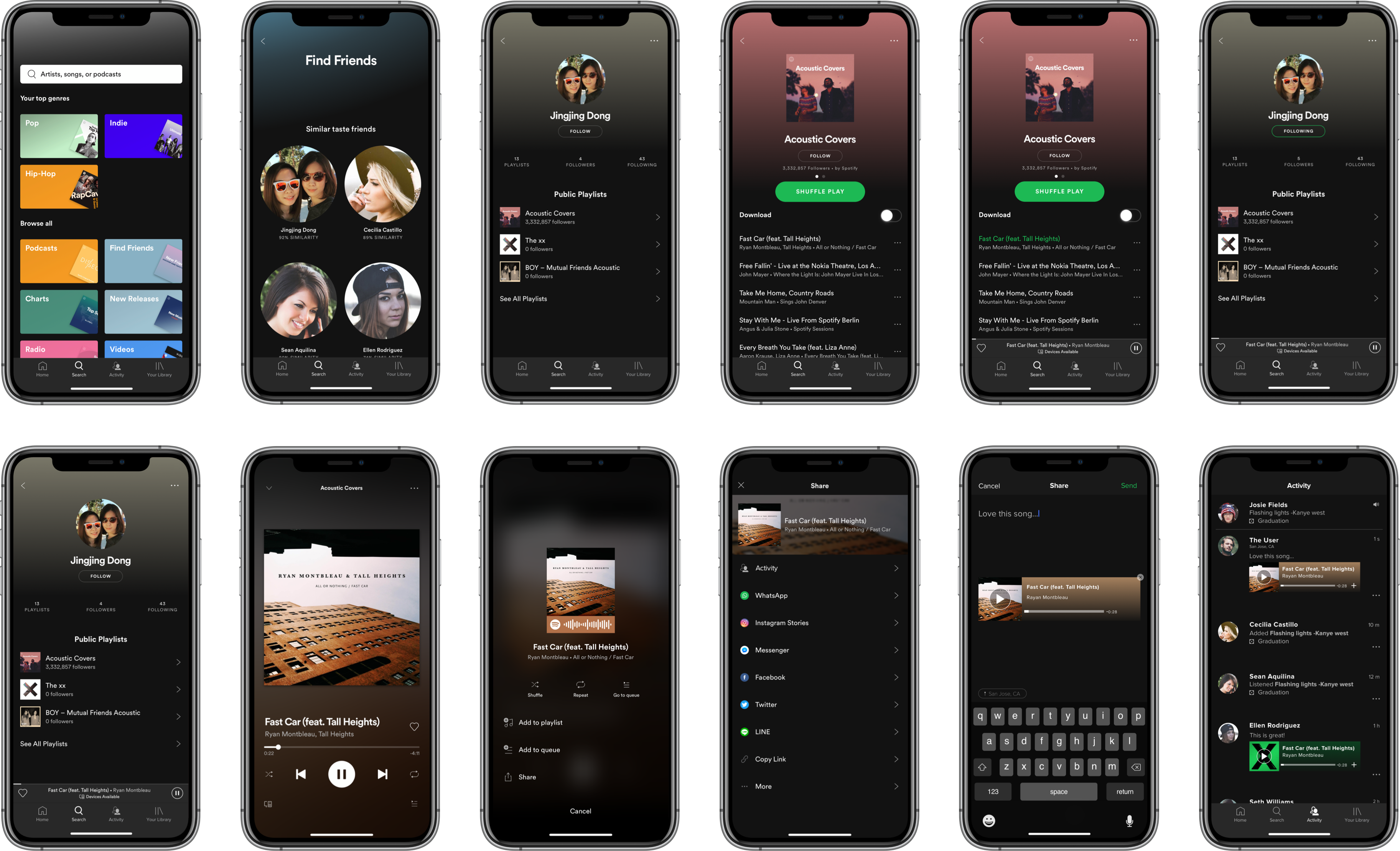

Designing this Spotify feature was a very rewarding and fun experience. When I talked to people and realized their problems and needs, not only different music tastes will stop them from sharing music with each other, but also sharing music would exposure too much privacy, I felt the deepest respect and understand for them. I kept this feeling in mind for the entire design process and it helped me to successfully complete this project.
